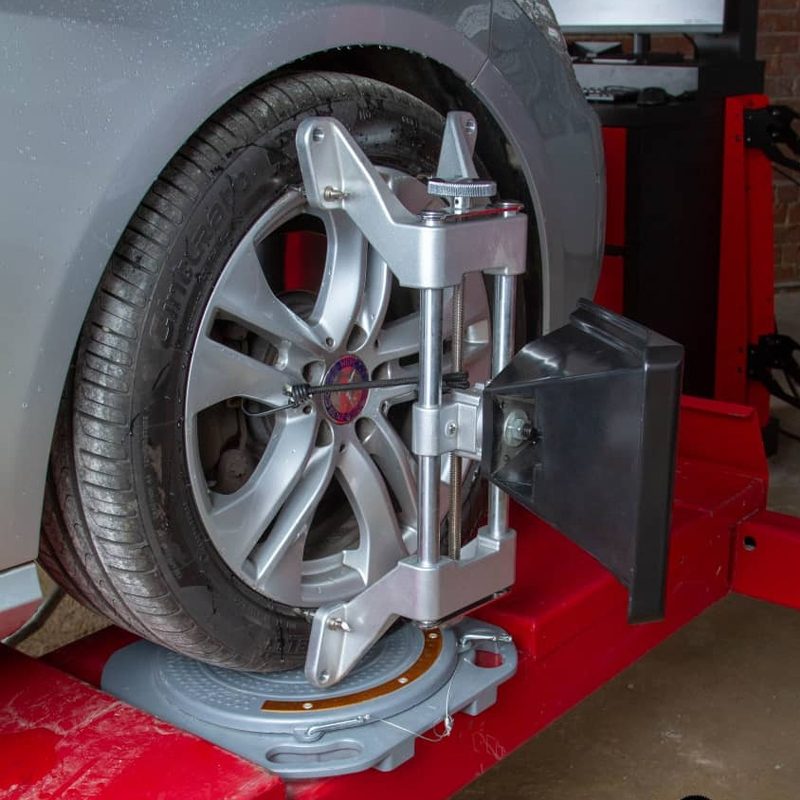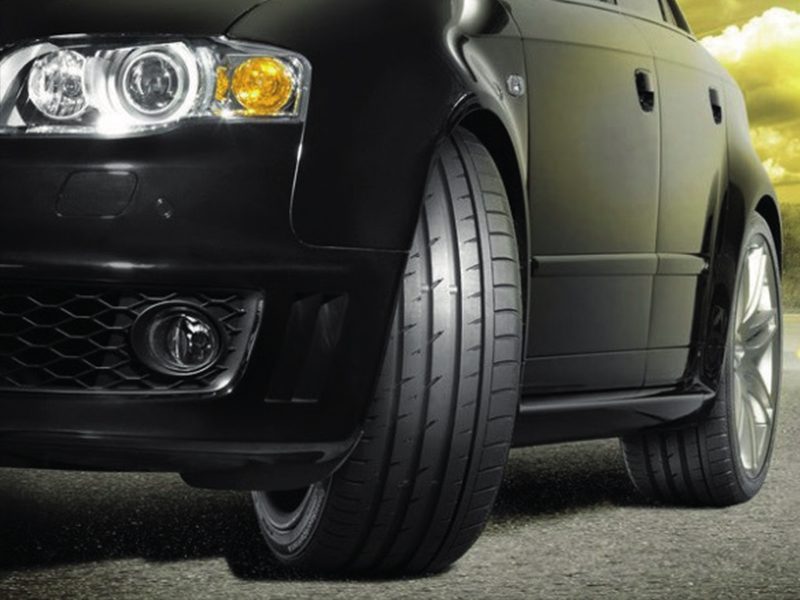Frequently Asked Questions
How do tyres affect perfomance?
If you choose bigger wheels, you will improve the stability of your car and the range of braking distance will be shortened; A larger diameter means that the wheel will be heavier and consequently speed will be slightly compromised during acceleration (depending also on the torque of the car)
How often should my tyres be checked and what is the expiry date of a tyre?
Tyres should be checked once a month. The expiry date is 5 years from the manufacturer’s date which is the 4 digit number that is found on the sidewall of the tyre that is circled. The 1st 2 digits is the week and the second 2 digits is the year.
What is the purpose of wheel alignment?
Tyre alignment, also known as wheel alignment, can help your tyres perform properly and help them last longer. It can also improve handling and keep your vehicle from pulling in one direction or vibrating strangely on the road.
What is the purpose of wheel balancing?
Tyre balancing is a tune-up for your wheel-tire set. It makes sure that weight is evenly distributed around the entire circumference of the unit. The common symptoms of out-of-balance tyres are uneven and faster tread wear, poor fuel economy, and vibration in the steering wheel, the floorboard or the seat that gets worse at faster speeds.
What is tread depth and the minimum legal requirement of tread depth?
The tread of a tire or track refers to the rubber on its circumference that makes contact with the road or the ground. As tyres are used, the tread is worn off, limiting its effectiveness in providing traction. A worn tyre can often be retreaded. The minimum legal limit is 2mm. This doesn’t mean that tyres are perfectly safe if they have 3mm left of tread. This is simply the limit at which you won’t pass your state safety inspection. Your tyres become incrementally less safe as the tread wears down.




Have More Questions?
Use the contact details below to get in touch with our team or better yet visit our shop!
